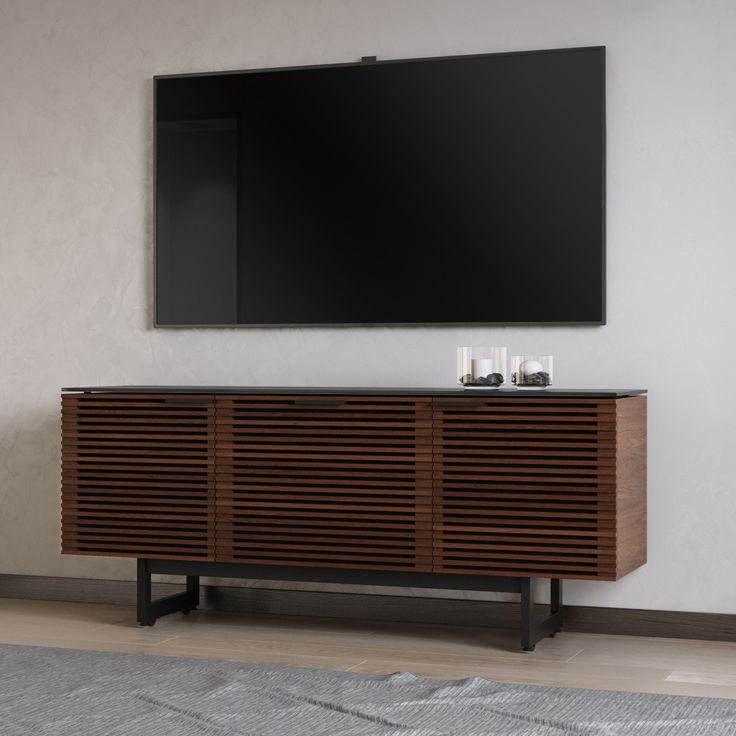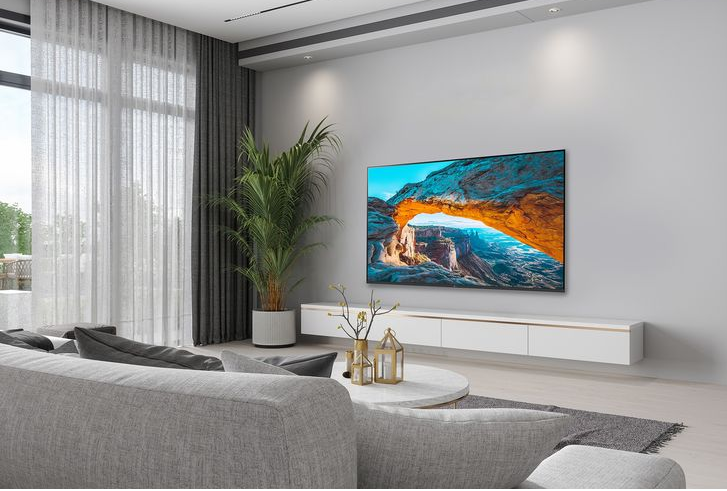Creating a cozy summer home that serves as a peaceful retreat requires careful selection of appliances that enhance comfort without compromising on style or efficiency. At Appliances 4 Less Little Rock, we cater to residents in Little Rock, Benton, Conway, and Pine Bluff with an array of open box, scratch, and dented appliances that are perfect for elevating your summer living. Here’s our guide to the essential appliances for a cozy summer home.
Many friends struggle with deciding on the size or model of the TV to buy. In reality, selecting features based on personal needs and deciding on the cost-effectiveness based on your budget is all that’s needed. Before purchasing a TV, it’s advisable to first clarify your viewing habits, the size of your room, and specific requirements for picture quality and smart features. Additionally, considering the role of the TV as the hub of home entertainment, the ease of use and compatibility of its smart system should not be overlooked. With careful preliminary planning and comparison, consumers will be able to find a TV product that precisely meets their needs.

1. When examining screen quality, the peak brightness of HDR technology must reach at least 450 nits to ensure a clear viewing experience even in bright daylight environments. The higher the brightness value, the better the contrast and detail in the picture, so it is recommended to choose a display device with HDR parameters above 800 nits brightness.
2. In terms of resolution, the higher the clarity of the TV, the better the viewing experience. Common resolution standards on the market include 1080P, 2K, and 4K, while 8K technology is still in development and not yet fully mature. Given this, it is recommended to prioritize 4K resolution TVs to achieve a more refined visual effect.
3. When considering color gamut values, the color gamut range of LCD TVs can typically reach around 72% of the NTSC standard. When the color gamut coverage reaches or exceeds 90% of the DCI-P3 standard, the TV can be called a wide color gamut TV, providing richer and more accurate color representation, making it the preferred choice.

4. Regarding refresh rates (Hz), if the main use is for watching movies or TV shows, a 60Hz refresh rate is sufficient. However, if the TV is to be used with a game console to achieve a smooth and lag-free gaming experience, a screen with a refresh rate of 120Hz or higher should be chosen.
5. In terms of screen material choices, the current mainstream screen materials include LED, OLED, and QLED. ULED, a proprietary technology of Hisense TVs, is also worth considering. At the same price point, it is recommended to choose OLED screens first, followed by QLED. OLED technology has become the forefront of current display technology due to its blue light-free, low power consumption, thin design, and clearer and more realistic picture quality, as demonstrated by the Apple 13 phone, which uses an OLED screen, fully proving its superior performance and visual effects.
In the process of choosing a TV, we should comprehensively consider key factors such as personal needs, budget range, brand reputation, and product quality to avoid being influenced by other non-critical factors, thereby making wise decisions and avoiding unnecessary financial expenditures. This guide to choosing a TV aims to provide you with detailed reference information to help you easily select a TV that suits your personal preferences, adding more color to your home entertainment life.


